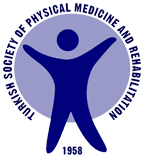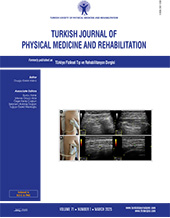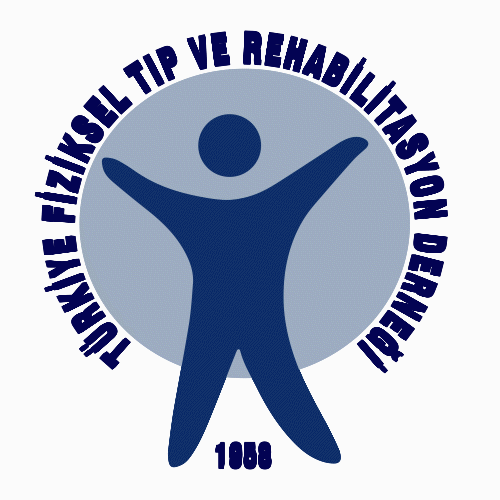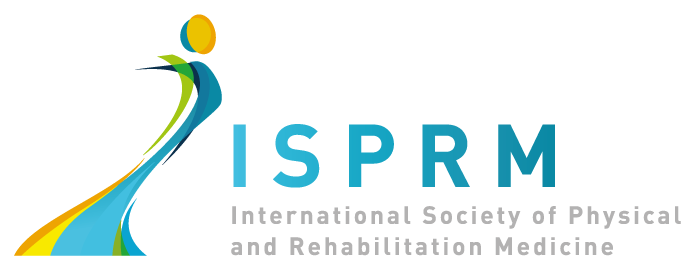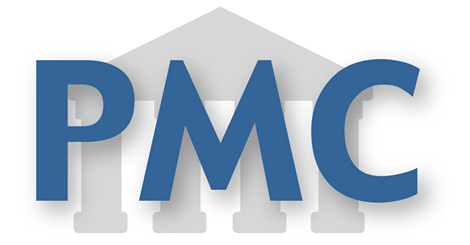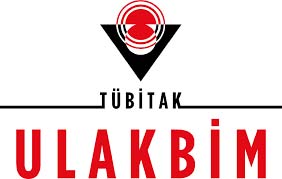Radial versus focused extracorporeal shockwave therapy in lateral epicondylitis: Acute effects on pain, muscle strength, upper extremity function, and quality of life
2 Department of Sports Medicine, Gülhane Medical Faculty, Health Sciences University, Ankara, Türkiye
3 Department of Statistics, Hacettepe University, Beytepe, Ankara, Türkiye
4 Department of Sports Medicine, Gülhane Training and Research Hospital, Ankara, Türkiye DOI : 10.5606/tftrd.2024.14060 Objectives: This study aimed to compare the acute effects of radial extracorporeal shockwave therapy (r-ESWT) and focused extracorporeal shockwave therapy (f-ESWT) on pain, muscle strength, and function in patients with lateral epicondylitis (LE).
Patients and methods: Fifty-six patients (31 males, 25 females; mean age: 44.6±8.4 years; range, 19 to 60 years) who were diagnosed with LE participated in the randomized study between August 2023 and October 2023. The patients were stratified by pain level to have four r-ESWT or f-ESWT treatments once a week. Patients were evaluated on the first day of treatment and one week after the last treatment. The outcome measures used were the Visual Analog Scale for pain, isokinetic dynamometer for wrist muscle strength measurement, the DASH (Disabilities of the Arm, Shoulder, and Hand) score for functional status, and the 36-item Short-Form Health Survey (SF-36) for health-related quality of life.
Results: After the treatment, the pain at rest and during activity decreased in both groups (p=0.018, p=0.001, p=0.003, and p<0.001). Nocturnal pain was found to be lower in the f-ESWT group (p=0.028). The isokinetic muscle strength of the wrist extensors was higher in the r-ESWT group compared to the f-ESWT group (p=0.002 and p=0.017). The DASH performance score of the r-ESWT group was higher compared to the f-ESWT group (p=0.009). Both groups showed improvements in SF-36 scores (p<0.05).
Conclusion: Both groups showed a decrease in pain levels, but the effects were superior in the f-ESWT group. However, r-ESWT was found to present better results in terms of its effect on isokinetic muscle strength. While f-ESWT may be more effective in reducing pain, r-ESWT may be more effective in increasing muscle strength.
Keywords : Elbow, extracorporeal shockwave therapy, lateral epicondylitis, pain, strength